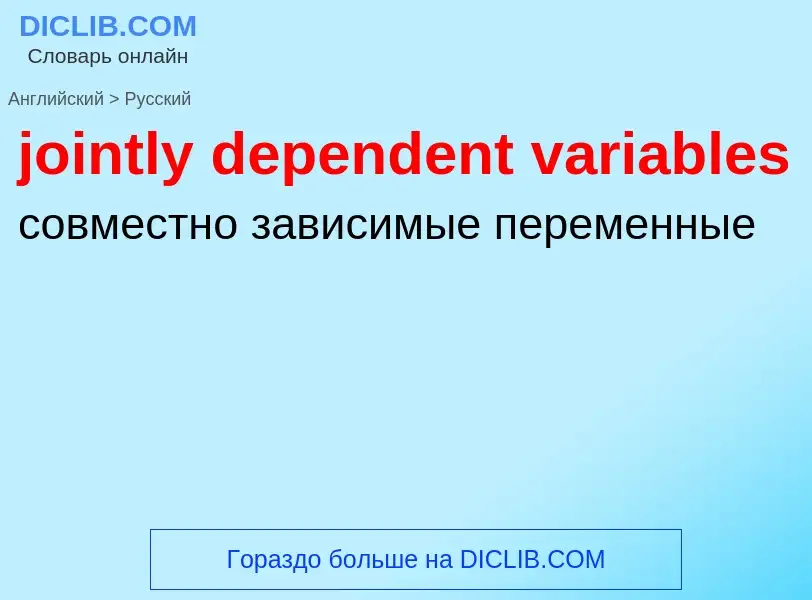Μετάφραση και ανάλυση λέξεων από την τεχνητή νοημοσύνη ChatGPT
Σε αυτήν τη σελίδα μπορείτε να λάβετε μια λεπτομερή ανάλυση μιας λέξης ή μιας φράσης, η οποία δημιουργήθηκε χρησιμοποιώντας το ChatGPT, την καλύτερη τεχνολογία τεχνητής νοημοσύνης μέχρι σήμερα:
- πώς χρησιμοποιείται η λέξη
- συχνότητα χρήσης
- χρησιμοποιείται πιο συχνά στον προφορικό ή γραπτό λόγο
- επιλογές μετάφρασης λέξεων
- παραδείγματα χρήσης (πολλές φράσεις με μετάφραση)
- ετυμολογία
jointly dependent variables - translation to ρωσικά
Ορισμός
Βικιπαίδεια
A dependent-marking language has grammatical markers of agreement and case government between the words of phrases that tend to appear more on dependents than on heads. The distinction between head-marking and dependent-marking was first explored by Johanna Nichols in 1986, and has since become a central criterion in language typology in which languages are classified according to whether they are more head-marking or dependent-marking. Many languages employ both head and dependent-marking, but some employ double-marking, and yet others employ zero-marking. However, it is not clear that the head of a clause has anything to do with the head of a noun phrase, or even what the head of a clause is.



